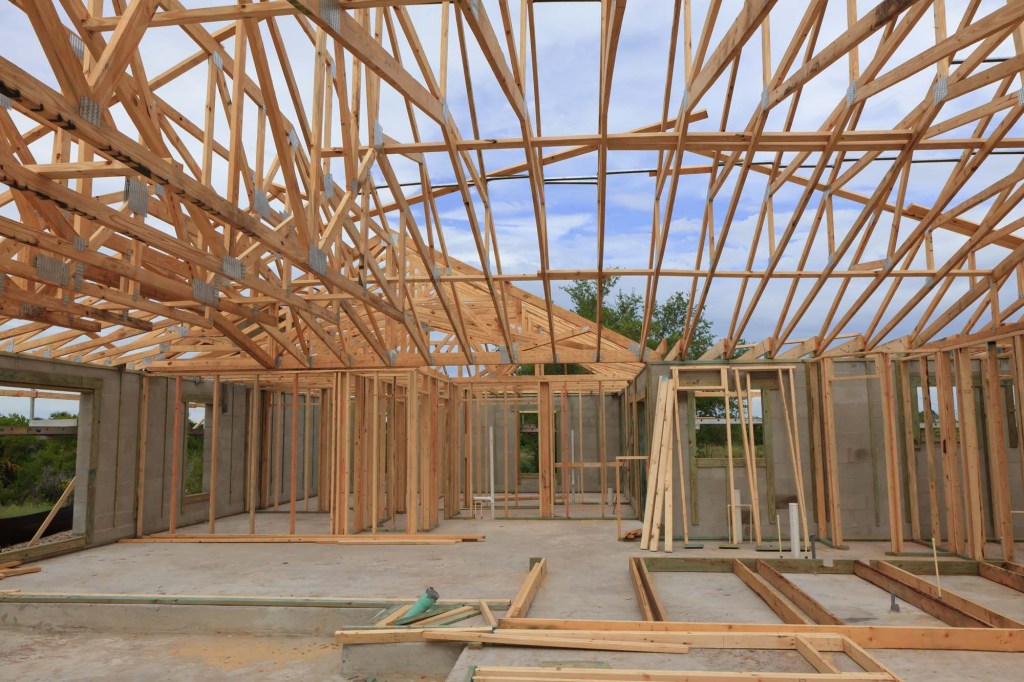Following three months of decline, the NAHB/Wells Fargo Housing Market Index rose one point to 76 in September.
The NAHB attributes this relatively steady hold on builder confidence to ongoing housing demand and falling lumber prices, even as supply chain and labor issues continue. Affordability is expected to be an important demand-side challenge in the near future, given rising home prices and construction expenses.
“Builder sentiment has been gradually cooling since the HMI hit an all-time high reading of 90 last November,” says NAHB chairman Chuck Fowke. “The September data show stability as some building material cost challenges ease, particularly for softwood lumber. However, delivery times remain extended, and the chronic construction labor shortage is expected to persist as the overall labor market recovers.”
Of the HMI’s three indices, the index gauging current sales conditions rose one point to 82. The component measuring prospective buyer traffic rose two points to 61, while sales expectations for the next six months remained unchanged at 81.
“The single-family building market has moved off the unsustainably hot pace of construction of last fall and has reached a still hot but more stable level of activity, as reflected in the September HMI,” says NAHB chief economist Robert Dietz. “While building material challenges persist, the rate of cost growth has eased for some products, but the job openings rate in construction is trending higher.”
At the regional level, the Northeast’s three-month moving average HMI score fell two points to 72, while the South fell two points to 80, the West fell two points to 83, and the Midwest remained unchanged at 68.
“Exurban markets have expanded the most over the last year, although inner suburbs are now experiencing an acceleration, with townhouse construction having had the best quarter in 14 years this spring,” adds Dietz.



